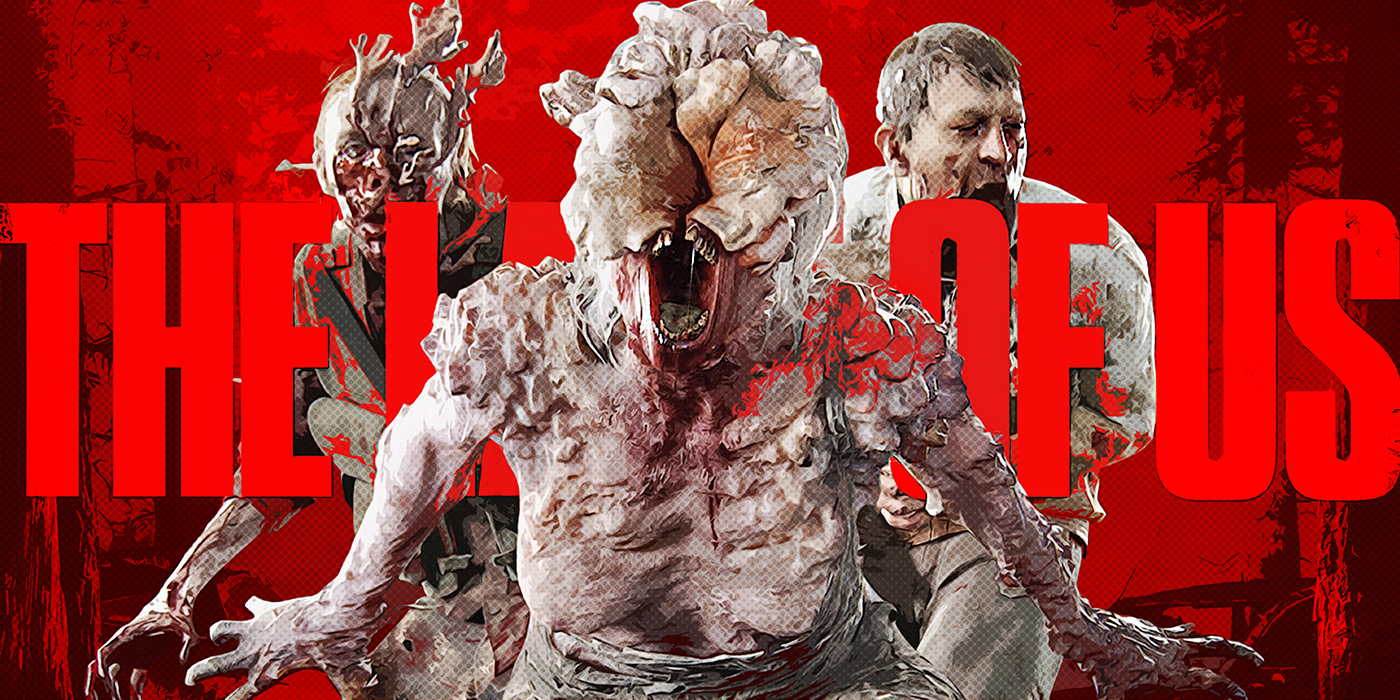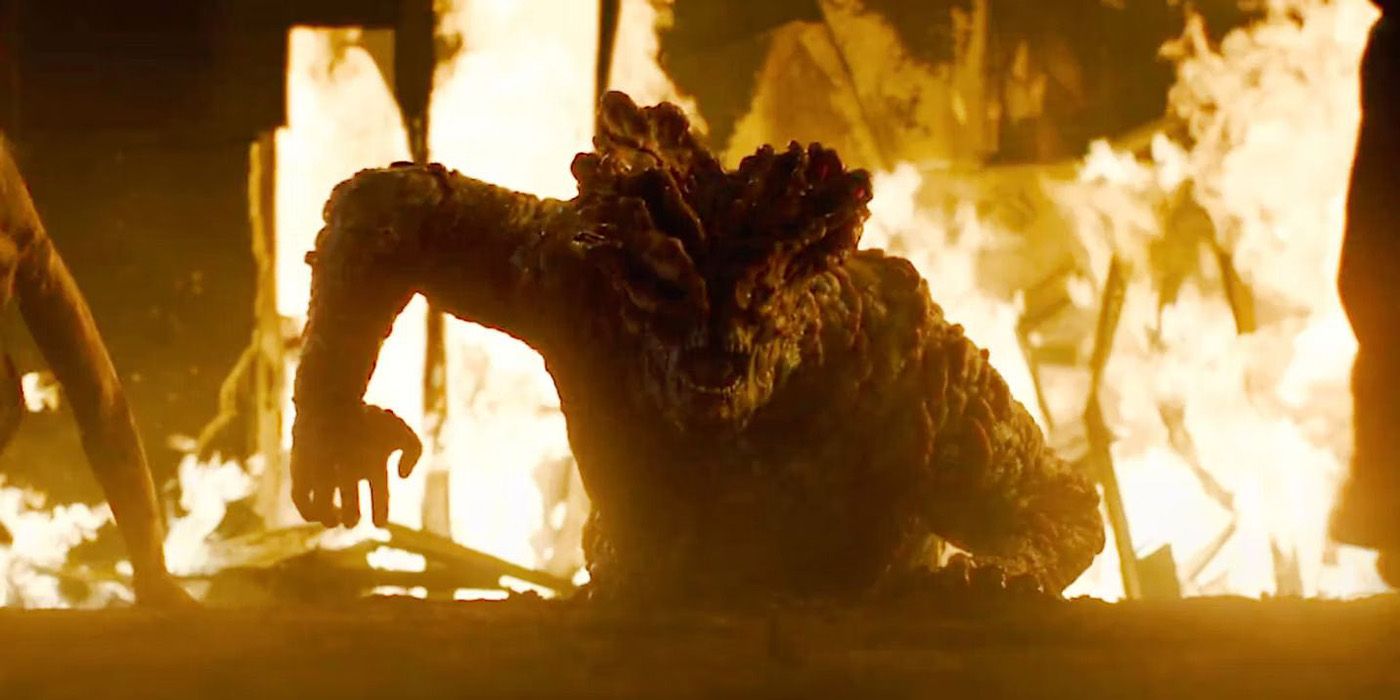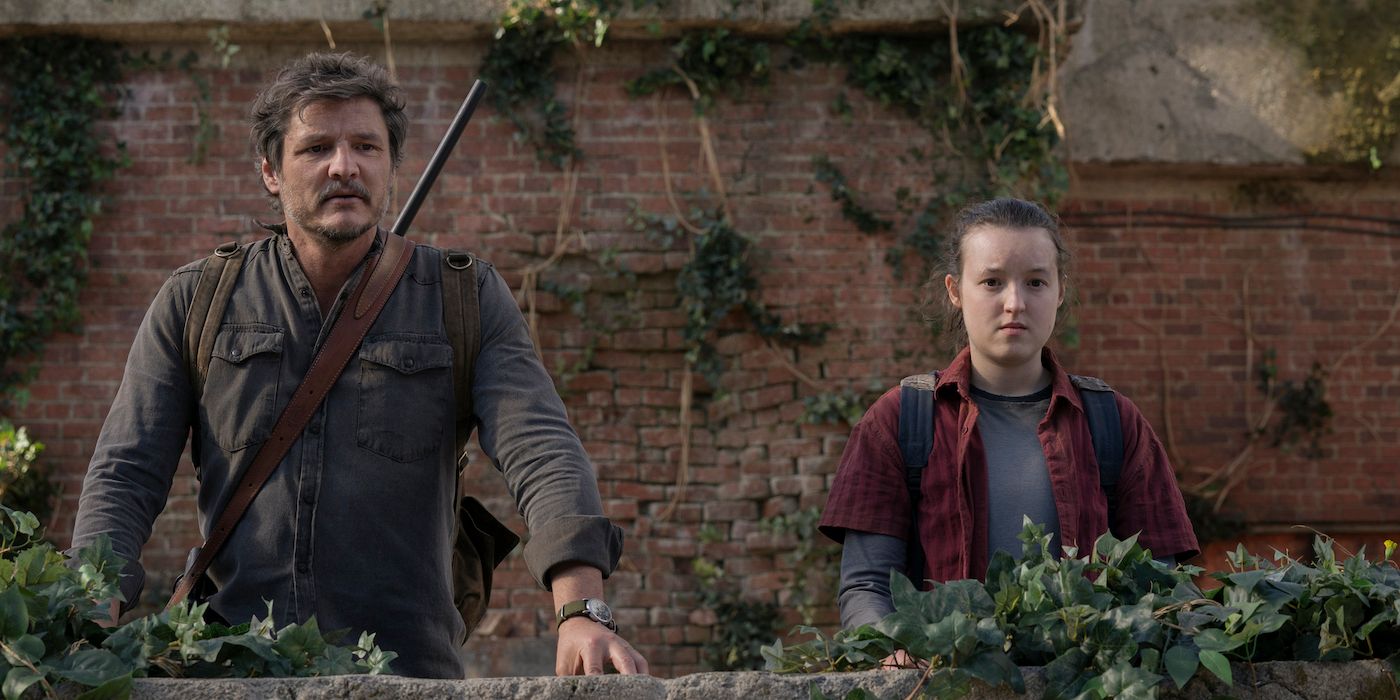Since its premiere and finale on HBO, The Last of Us has received critical acclaim. As it holds many similarities to other shows like The Walking Dead, showrunner and creators Craig Mazin and Neil Druckmann knew from the beginning that they'd have to find ways to ensure their program stood above the others. To achieve this, they gave their monsters characteristics and abilities that held to the original telling as well as set them apart from their undead competition. As opposed to the traditional bite-infect protocol that the game utilized alongside airborne spores, the HBO version pulls inspiration from the actual Cordyceps fungus as well as other types of real-world fungi in its appearance and capabilities. It also takes advantage of unused concepts Druckmann had for the game such as acutely aware, mutated mycelium, and an ability to communicate between the Infected hosts, making its zombie outbreak even deadlier than before.
Despite these aspects, by the end of the first season of The Last of Us, the Infected rarely make an appearance as Joel Miller (Pedro Pascal) and Ellie Williams (Bella Ramsey) trek across the country. Considering the creative team's efforts put forth in producing the live-action series, the lack of Infected doesn't allow their work to properly shine. It also diminishes the danger that the Infected pose as we're given mere glimpses as to why the Infected might be a threat rather than why they are a threat.
The Infected In 'The Last of Us' Are Meant to be Terrifying
Within the original story of The Last of Us, the world is meant to be ravaged by the mutated Cordyceps. As the Infected seem to be lurking around every corner, players are shown that they are terrifying in every stage of their mutations. A head-on attack on a Bloater or Clicker will lead to a swift death and even directly striking them in their Runner or Stalker phases can prove challenging. While the HBO series may have introduced the majority of the Infected's forms and acknowledged the danger of each one, the truth is that it's few and far between. Certainly, the audience understands the keen acuteness of a Clicker's echolocation, the horrors of a nest of the Infected, and how physically intimidating a Bloater can be, but their collective threat comes off as episodic rather than the ominous danger of an enemy capable of growing a mile long and communicating within itself to seek out its victims as it's described in the show's dialogue.
Furthering the disservice, it doesn't properly honor the original concept of the game, which the changes of the Infected are based on. Some might argue that what was shown was satisfying enough and these ideas are of the "action" and "horror" variety, which oppose the dramatic focus of the show. However, a fully realized sequence in which a fungal tendril actively searched and overtook a host, like what was hinted at in the discovery in Indonesia, or the Infected hive mind communicating with each other for longer than the few seconds before Tess Servopoulos' (Anna Torv) death would have done so much for the show. Either would have naturally elevated the drama of the episode while providing a rewarding experience for newcomers to the story and returning fans. Instead, we're given a change that has such great potential, just to have Joel literally step over it in the second episode.
The Focus on the Drama Rather Than the Infected in HBO's 'The Last of Us' Was a Missed Opportunity
Existing in a time in which the basis behind every decision is "doing what needs to be done" is innately dramatic. Admittedly, when it comes down to it, this is what draws us back to Ellie and Joel's story — not the violence of the game — and what ignites the resulting conversations among its fans. That's why it wasn't unreasonable for Druckmann and Mazin to lean into the storytelling as drama translates easier to television. However, changing the focus from the horrors and ever-present danger of The Infected not only negates the changes that were made to the Cordyceps' evolution, but it also causes the narrative to lose sight of the point of the journey as well as the purpose and the hope behind Ellie's immunity. This switches The Last of Us from an intriguing, emotional story about humanity's survival to simply a depressing dramedy about sad characters in a random apocalypse.
As much as the changes within the Cordyceps were spoken about in the series and the behind-the-scenes segments by Druckmann and Mazin, there was barely any use made of them. By the conclusion of the first season, although the audience may understand the impact of Joel's decision in terms of Ellie's sacrifice, the show barely touches upon how the Infected factor in as part of this new reality that Joel doomed the world to. This effectively makes them more of an environmental threat that's no different from encountering a bear in the woods.
Can Season 2 of 'The Last of Us' Fix This?
While the impact of the Cordyceps' mutation on the world may have been inadvertently watered down by the end of the first act, they can still reinvigorate it in Season 2. No matter where anyone lands when it comes to Joel's decision, the facts remain as they are and there will be consequences not only for the story's protagonist but also for the rest of humanity. In saving Ellie, Joel has removed any chance of defeating the fungal scourge. Given the 10-year jump the sequel makes, logic would dictate that the Cordyceps have flourished and evolved further as they do in the source material. Druckmann and Mazin could take full advantage of this and remind us just how nightmare-ish the monsters of this world are at that point. A decision to do so would redeem that lost opportunity from the previous season and deliver what can only be thought of as a proper return on fans' investment.
Read up on everything we know so far about The Last of Us Season 2, including its cast, plot, and release window.



